Last night I visited Leaf Tea Boutique with MadameN. We were there for a small art exhibit, and the proprietor of the place, who was also the host of the event, also decided to make it a tea tasting. I’ve walked by this store a number of times before, never bothering to go in as it looks, from the street level anyway, to be just another tea shop, situated in Central in an area frequented by foreign tourists and expats, which means, at least for me, that it probably sells uninteresting teas. When I arrived at the place I was a little confused – where was this art going to be had? This being Hong Kong, space is a real premium, and I couldn’t see any space for any art, until, of course, the staff directed us to go downstairs – turns out they have a little space in the basement that is normally used for seats and has been converted into a little gallery.
In Hong Kong, despite its tea guzzling culture, there are very, very few places where you can actually sit down and drink tea. While plenty of places sell tea, and some will brew for you if you want to try something out, if you want to just buy a cup or a pot of tea to drink, or if you (god forbid) want to bring your own leaves to brew, you’re fresh out of luck. There was one place in Causeway Bay that did that in a Chinese setting, but that store is long dead. For those who need tea in Central or any other place, for that matter, your only solution is to go to Starbucks, Pacific Coffee, or any number of hotel cafes and the like for a cup of bland and overpriced teabag tea. Leaf Tea Boutique, therefore, is a nice, welcomed addition, and as you can buy a cup to go or for on-premises consumption, that’s a much better alternative for those of us teaheads who need a caffeine fix but don’t want yet another Harney teabag.
Of course, drinking tea in a basement doesn’t sound too exciting, but it also offers something that a lot of places in Hong Kong lacks – peace and quiet. You can’t hear the hustle and bustle at all from their basement, which is quite nice.
There are a number of teas on the menu there, and the proprietor lined up ten teas for us to try in succession. It was slightly wasteful, as we only got to drink one cup out of every brew, but it did allow us to sample more of their teas. As is typical in a tasting, we went from green to black (I skipped the mint tea at the end). Some, such as the sencha and the tieguanyin are merely ok, while others, like the baimudan (white peony) is quite nice. They only offer one of every type of tea, and give very little information on the tea itself, which I understand may turn off some people, but given their business model, location, and potential customer base, that’s not such a bad thing. The young puerh that we had is probably in the 5 year range, seemingly a blend with a bit of smoke leftover. I think it’s a big factory production, although it’s not quite clear, and I didn’t ask to look. I don’t like to be too inquisitive the first time I visit a store.
I just noticed that they have a flat pricing structure – which may explain the quality levels I found in the teas. Finding a decent baimudan that sells for $25 USD per 100g is pretty easy. Finding a good tieguanyin for the same price is considerably harder. You’ll never find anything near a top flight longjing at that price.
All in all, it’s a nice place, and a welcomed addition to the general availability of teas here in Hong Kong in a different format. For the general public and even those of us who just want a decent cup of tea while in the city doing other things, it’s not a bad place to go.

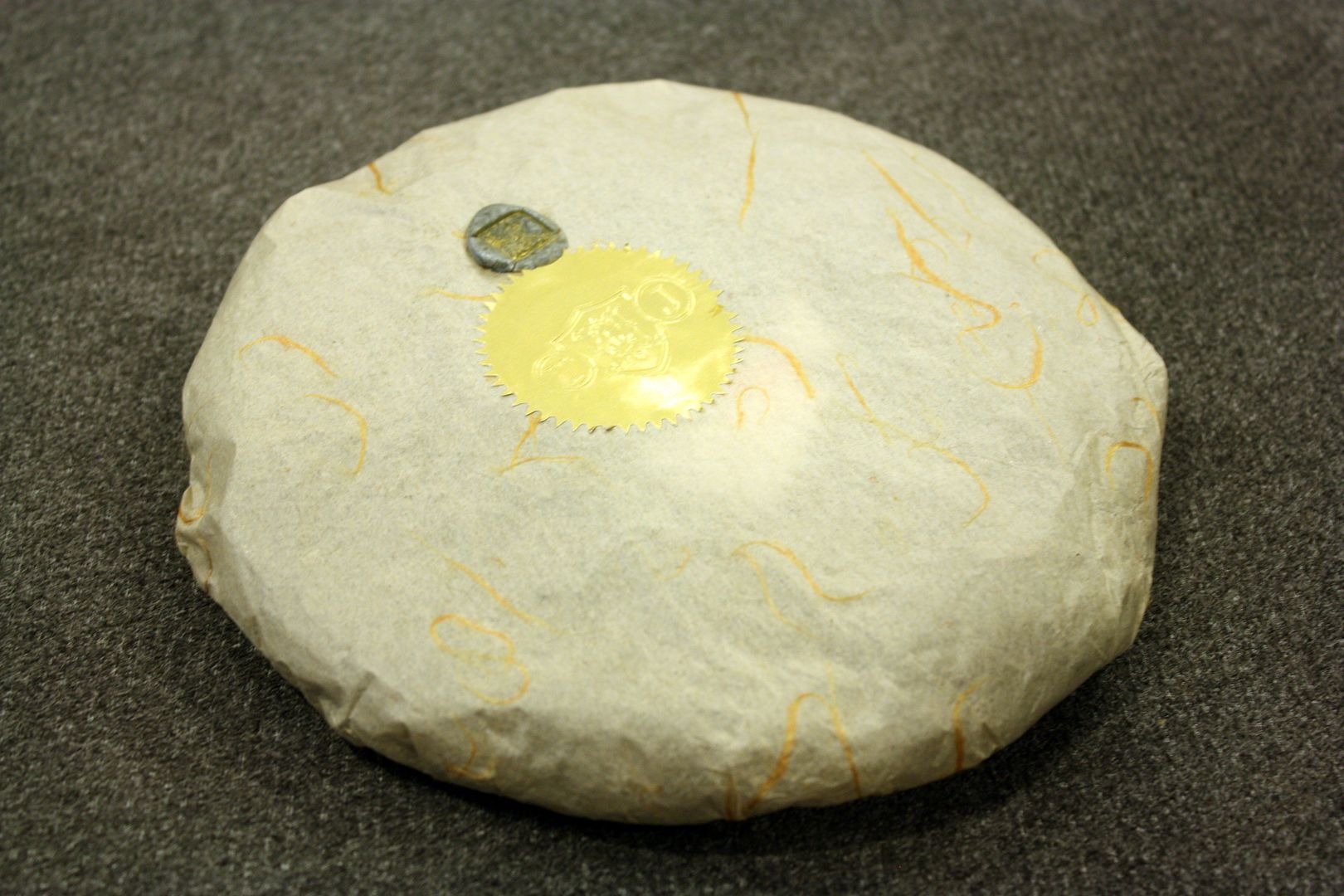

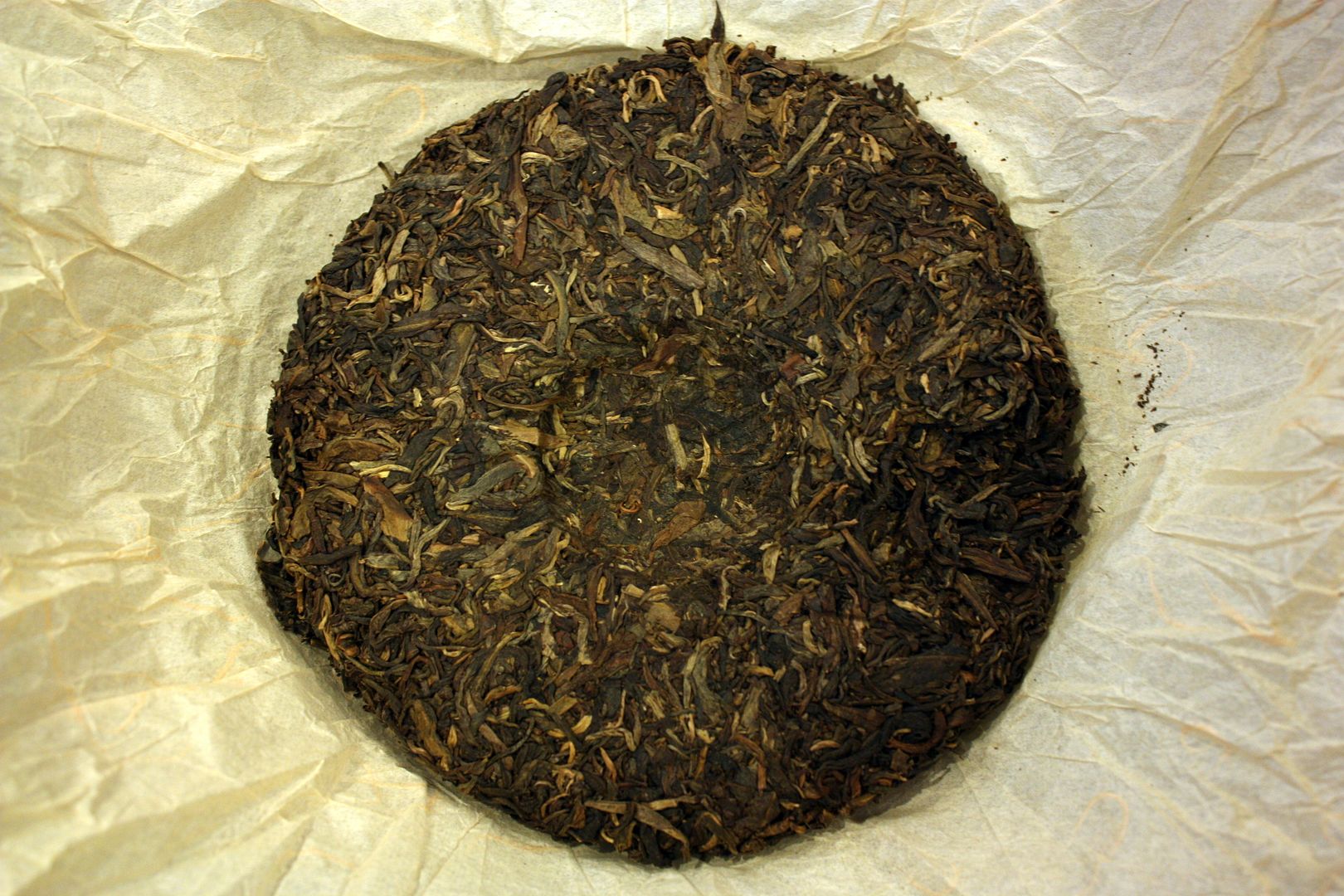
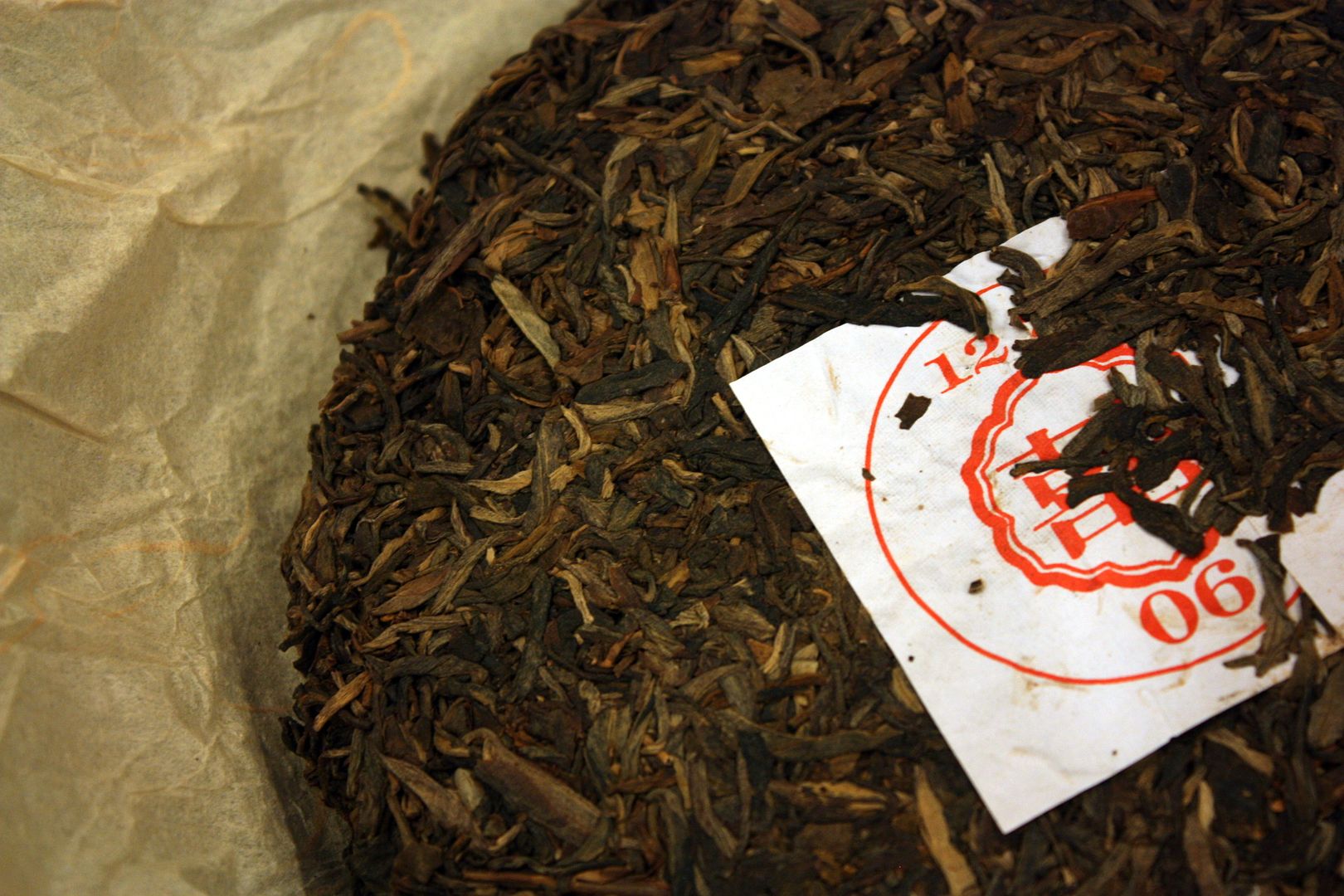
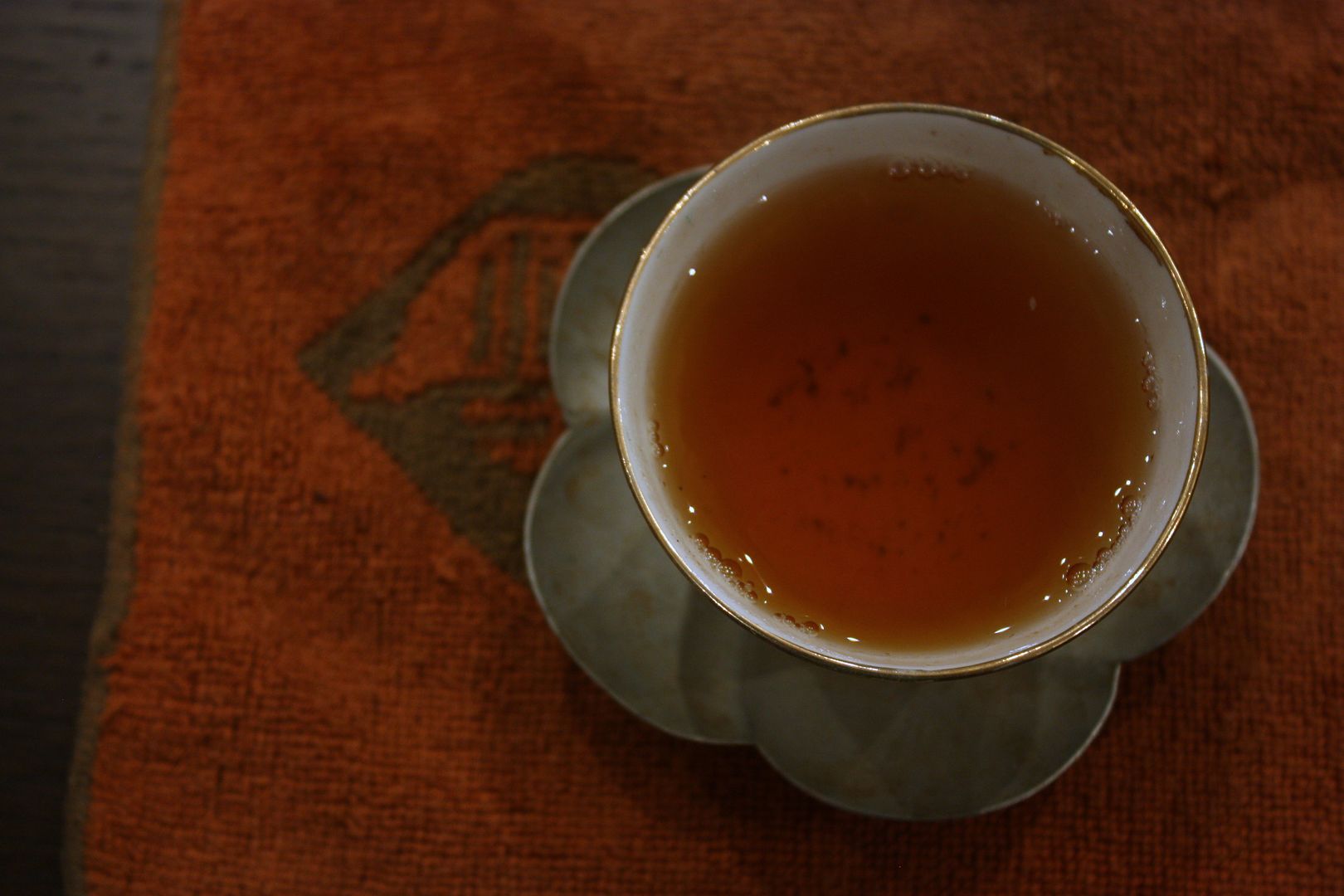
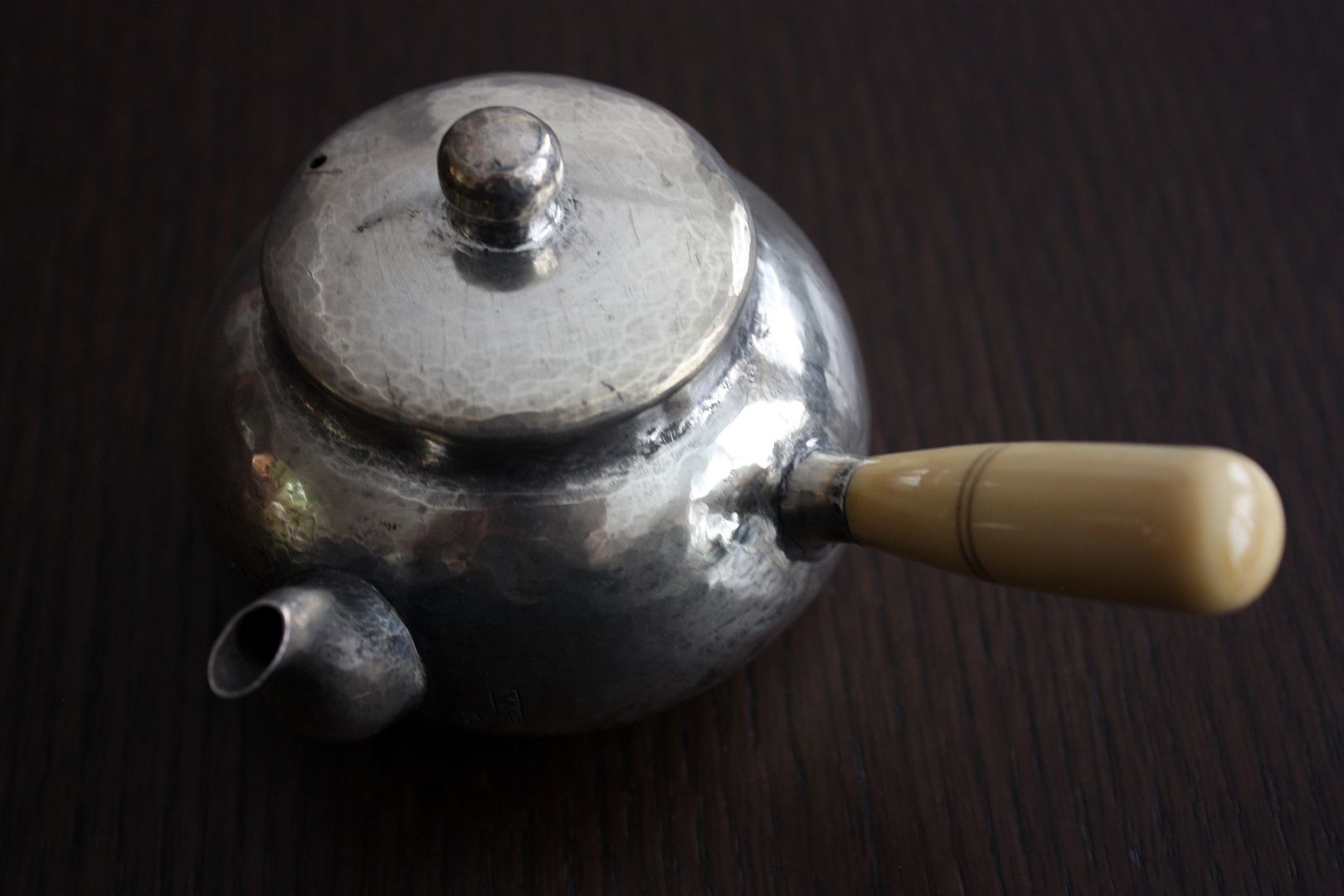
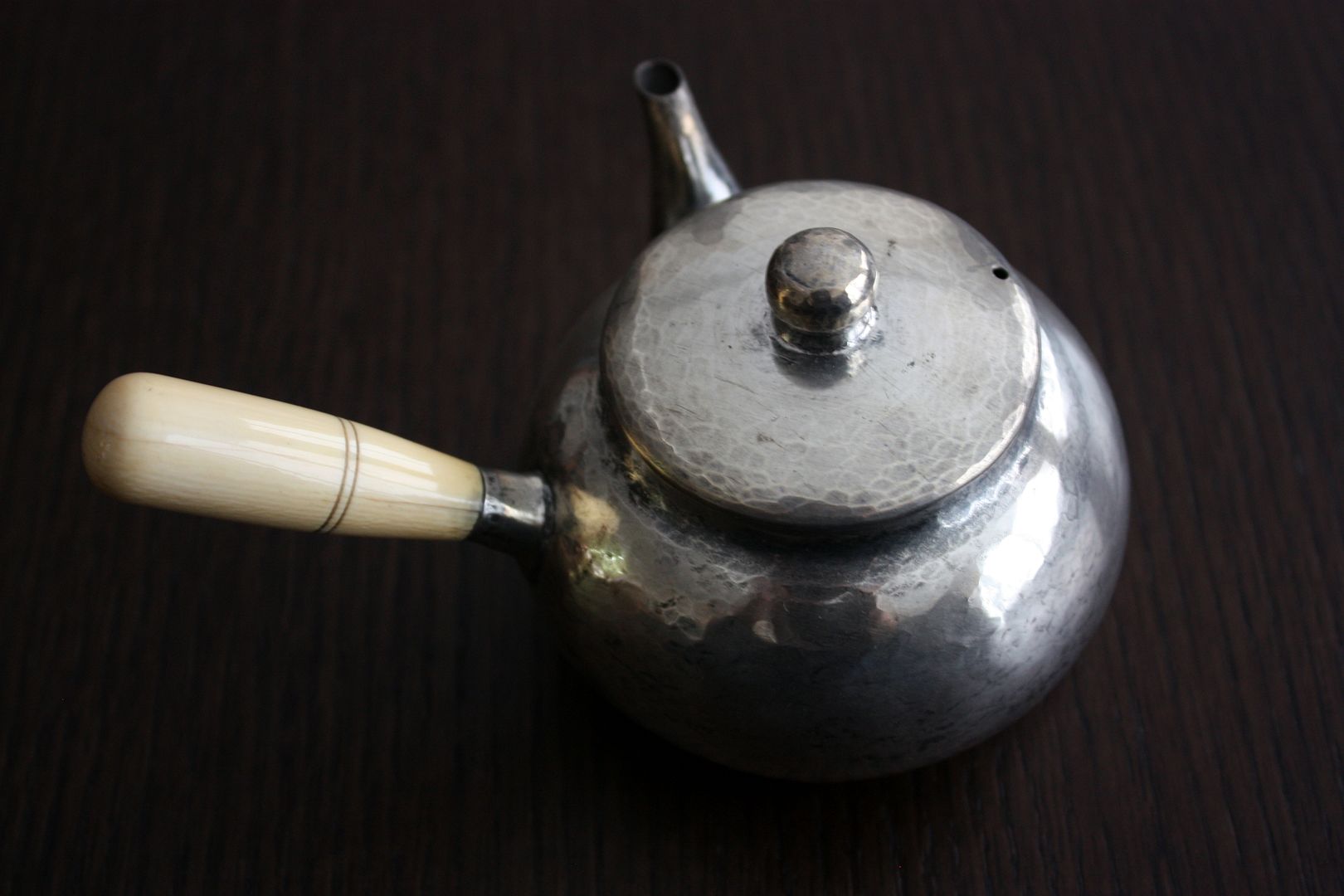
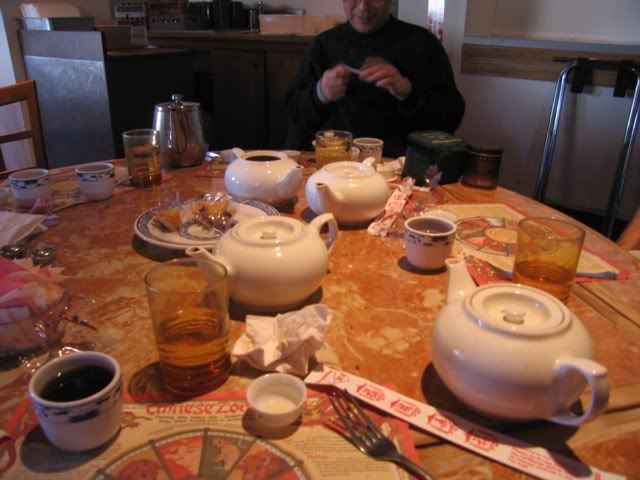
Dear MarshalN, looking back, I've been reading your blog for 14 years now, and thank you for many helpful and…